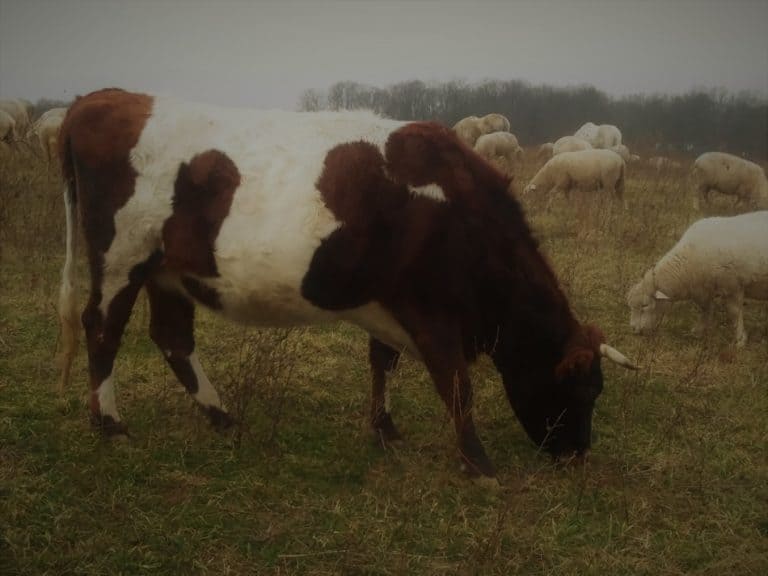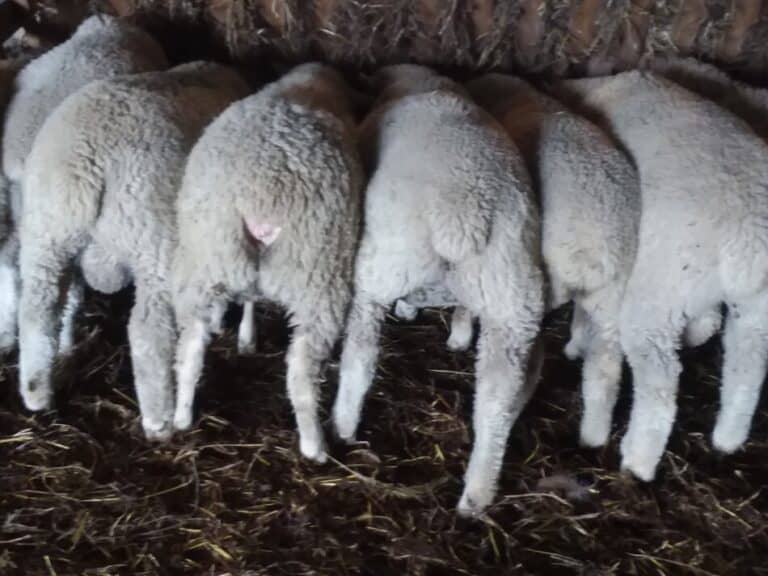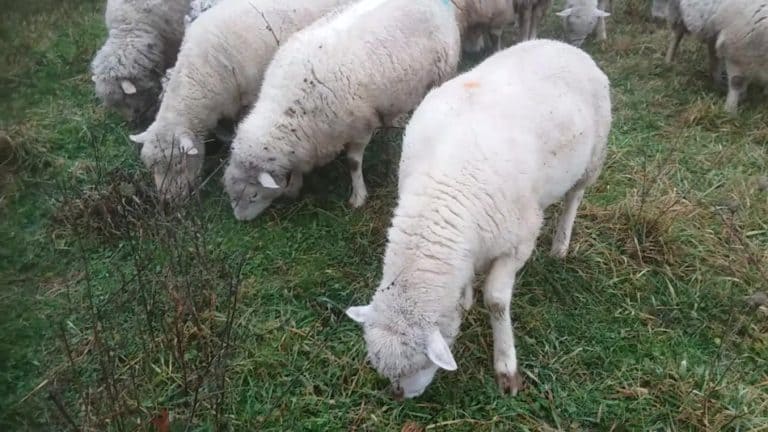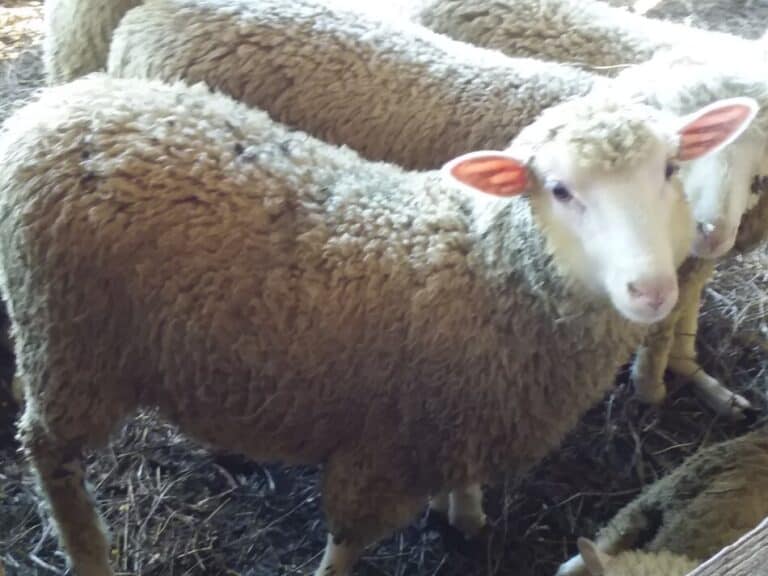Introducing New Sheep To The Flock: 6 Keys To Success
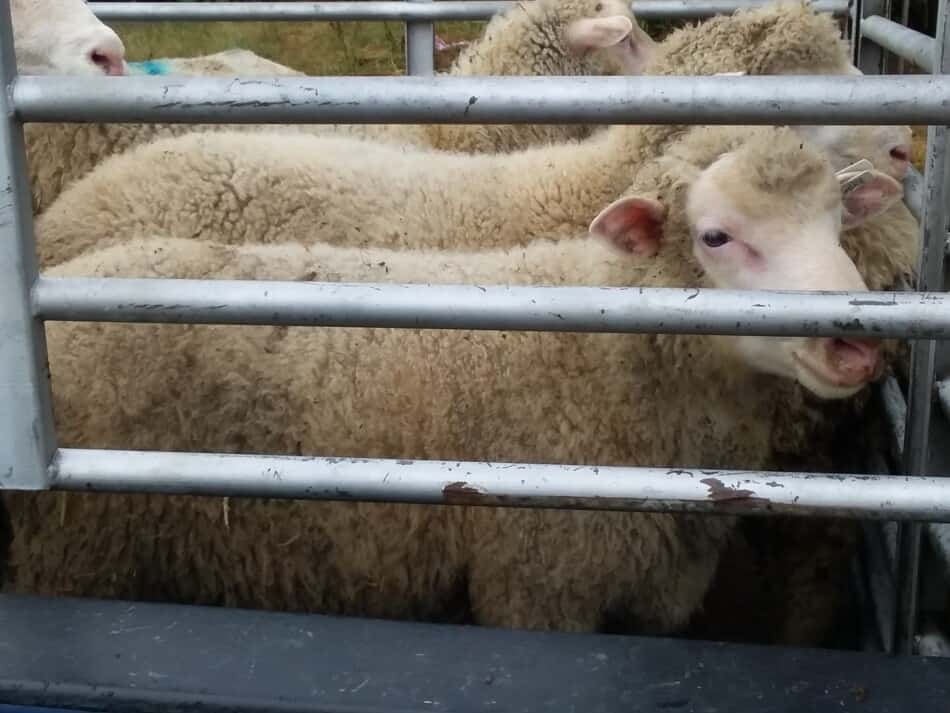
Getting a few new sheep to add to your flock is a great opportunity to grow or improve your sheep, Yes!
In order to have the new sheep seamlessly blend into your operation, there are a few steps you need to take to ensure success.
When adding new sheep to your existing flock, you need to quarantine them for 2-3 weeks, during which time you will observe them and gradually adjust them to your management.
The keys to successfully adding your new sheep to your current flock are:
- Keep the new sheep separate for 2-3 weeks
- Deworm, if appropriate
- Gradually transition the diet from what they were eating to the ration your flock eats
- Spend time observing the new sheep so you can catch problems early
- Know that your new sheep may need trained to the electric fence (if you are using it)
- Have your sheep purchased and at your farm ahead of the time you plan to use them, this goes for rams as well as ewe!
If you haven’t purchased your new sheep yet, read my article on Buying A Flock Of Sheep. You’ll get details on what to look for and things to avoid!

Shepherds add sheep to their flocks for all kinds of reasons and at all points in the production cycle. Meaning, you can do whatever you want, as well.
But, and this is a big but, if you want things to go well, there are steps to take to ensure success.
None of these things are mandatory, but all are very highly recommended.
The best chance of having great sheep results next year is to set yourself and your flock up right this year!
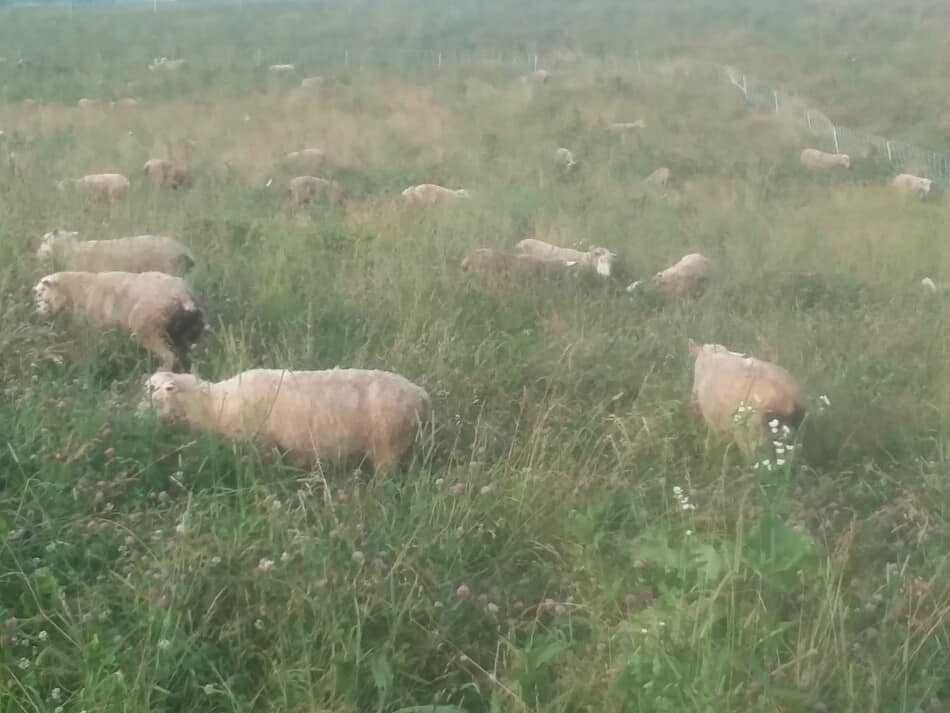
Keep the new sheep separate!
It’s interesting that the first step to introducing new sheep to your flock is to not introduce them! That is a funny thing to say, but still very true.
Keep your new sheep separate from your current flock for an observation/quarantine period of 2-3 weeks. I know this is a pain, especially if you have limited pen space, but it is important.
Ask your vet what the recommended length of the separation period should be. You are looking for the incubation period of the most prevalent diseases in your area.
For example: if most of the spreadable sheep diseases in your area are 7-10 from infection to symptoms, a 2 week quarantine will work. If they are more like 10-14 days, you should use the longer separation period.
If your new sheep has any sickness or stress induced problems lurking, the move is likely to bring it out. Hopefully, you won’t see anything and the sheep will look the same the entire 2-3 weeks.
On the other hand, if there is a problem, you have the time to correct it or treat it now, while it’s in just one or two sheep! Otherwise, your new additions get a chance to spread their problem to your entire base flock!
Know the most recent deworming
Not only should you know the most recent deworming, you should also know what dewormer was used.
This is a biggie. Giving a sheep an overdose of dewormer, along the lines of double what it should be getting, is bad news! But if you don’t ask about the deworming schedule, this is exactly what you run the risk of doing!
As shepherds all know, sheep are very susceptible to parasites. When a sheep is looking unhealthy, the first thing you and your vet will consider is deworming. This is a basic, since worms cause such havoc with sheep.
If you don’t know the deworming history of this sheep, you can not help yourself or your vet make informed decisions about treatment. Help yourself and your sheep out by knowing the deworming schedule.
Keep the diet the same

This is another case of ask the breeder you are buying from about how the sheep are being fed. Do your best to keep the diet the same and gradually switch over to what you are feeding the main flock.
Ideally, you will have this feeding switch over done at the end of the quarantine period.
If you have no idea what the new sheep were eating, go with a safe choice of a mixed grass hay. Keep a salt block handy and of course, plenty of water.
If you feel like your sheep needs to put on some weight, wait for a few days to a week, to make sure the sheep is adjusting to your management, then start amending the diet.
As always with feeding changes, go slowly and observe how the sheep take the change. You need to watch how they act and keep an eye on the manure.
Observe the new sheep
Spend some time with your new sheep. Let them get used to you milling around the barn and doing your normal sheep type chores.
I don’t mean stare at them or go into the pen and grab them. That’s too much pressure for them. Most sheep will not like that, it makes them nervous.
Unless your new sheep are puppy friendly (we bought a Cotswold ram that was this friendly but most are not), let them decide if and when to come to you.
Aside from getting used to you being around, your sheep will behave in a certain way as things around the barn or the pasture happen. Whatever behavior is normal for your new sheep, you should see everyday.
You are also on the track the input and output mission. This means monitor the water and hay intake and notice the manure output. Your new sheep should have pelleted poop, not mushy and definitely not runny!
When you see your new sheep happily eating then spending the rest of the day relaxing and chewing cud, you know you’re on track with your management.
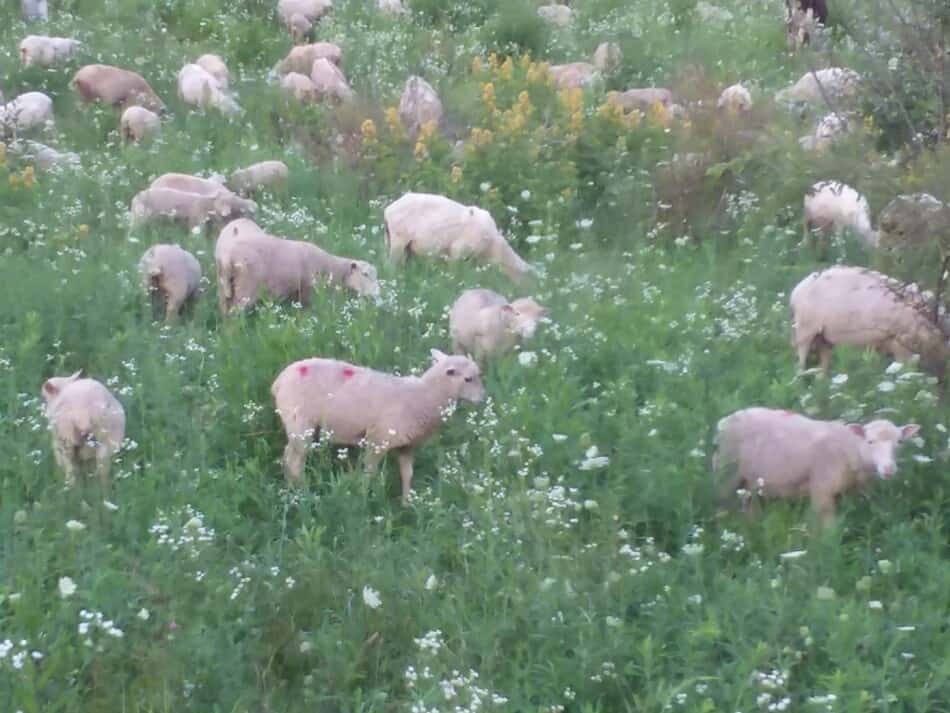
Sheep need trained to electric fence
Do not assume that your sheep know about electric fencing, unless you saw them grazing behind electric at the farm before you purchased them.
To be clear: are the specific sheep you are purchasing used to and respectful of electric fencing. Just because some of the sheep on the farm are used to electric, does not mean the ones you are buying have been trained to electric.
If you do not know, figure that your new sheep are new to electric fence. You will have to watch them the first time you turn them out to see how they react.
Make sure your fence has good charge and no sagging spots, before you put in the new sheep. You want to start off right!
Most sheep will stick with the rest of the flock and do what everyone else is doing, good news! Just in case, be sure you have time to stick around a bit and make sure the new sheep seem to respect the fence.
If you are moving the fence, the first few moves should be given extra time, as well. Once again, you probably will see no issues at all.
I would guess the new sheep will blend right into your main flock. For the first few moves, stick around to make sure the new group is adjusting well.
Keeping Sheep For Beginners gives you tips on getting started with your flock.
Add to flock before you need results
Most shepherds would be adding to their flock for a purpose, like to increase the number of breeding ewes or to get some genetic improvements by using new stock.
These are great reasons to add a few sheep to your operation. Be sure to make the additions before you need the results!
What? I mean get the sheep ahead of time and give them an adjustment period before you expect them to perform.
Remember that this includes not only getting your new sheep weeks ahead, but also specific days or conditions during which you need to avoid moving sheep.
Avoid moving sheep in overly stressful times
Be very careful about moving sheep, rams or ewes, during overly stressful weather. This includes moving them in the heat (over 90 degrees is an especially critical temperature point) as well as putting them immediately outside for a few cold, rainy days.
Plan your sheep hauling to happen on the most sheep friendly days of the season. Why add extra stress?
Ewes need to be in top shape for breeding
Buy ewes or ewe lambs with the date of your planned breeding season in mind. You want to be able to have your new ewes in top condition at the start of breeding. Most people would want to flush the ewes, give them extra nutrition a few weeks before breeding to increase conception rates.
Check on your calendar and see when you would need to get the ewes in order to have the quarantine period and have them with the base flock for the flushing period all before your first day of breeding season.
If this seems like overkill to you, don’t do it. But realize that the results you get at lambing are riding on the care and condition of the ewes before and during breeding. Want a successful year with your sheep? Do things right.
When Do Sheep Breed? shows you how to set up your flock’s breeding season to match your area or market, an especially important topic for anyone lambing outdoors!
Ram performance hinges on management
Want your rams to be go getters and work well through the entire breeding season? Who doesn’t? We all want high performance from our sheep, but are we giving the rams the care they need to do their job?
Your rams need to be looked over 45-60 days before the start of breeding season. Really looked over. The reason you are doing this check over now is that you still have time to fix any problems that you would find.
When Should You Put In The Rams? gives you a good idea of your ram needs based on the ewe flock you are working with.
If you put all of this off until you put on the breeding harness the first day of breeding season, there’s not much you can change. Since a healthy vigorous ram is key to your lamb crop, this is time well spent!
Look hard to see fat covering, check over the backbone. This is a hands on check. See how well filled out he is. Is he thin, just right or fat?
Set him on his rear, holding him like you are going to shear, and look at testicles, teeth, feet, inner eyelid coloring (red/pink is healthy, white is not!) and consider shearing him, if he has longer wool.
I have to admit, the other reason for the check over is to give you a last minute chance at getting another ram, if you find out this ram won’t work.
You are really cutting it too close here, but it could be done as an emergency, last minute move.
Be aware, moving rams in the heat can and does cause temporary sterility. To the tune of 6-7 weeks for the ram to return to breeding quality sperm production.
His system will need time to rebuild and produce new viable sperm, all of which needs to be up and running at the start of your breeding season. The sooner you get this guy sorted out, the better!
Check out this article from New Mexico State on sheep production and management. (This is where the above 6-7 weeks figure came from.)

